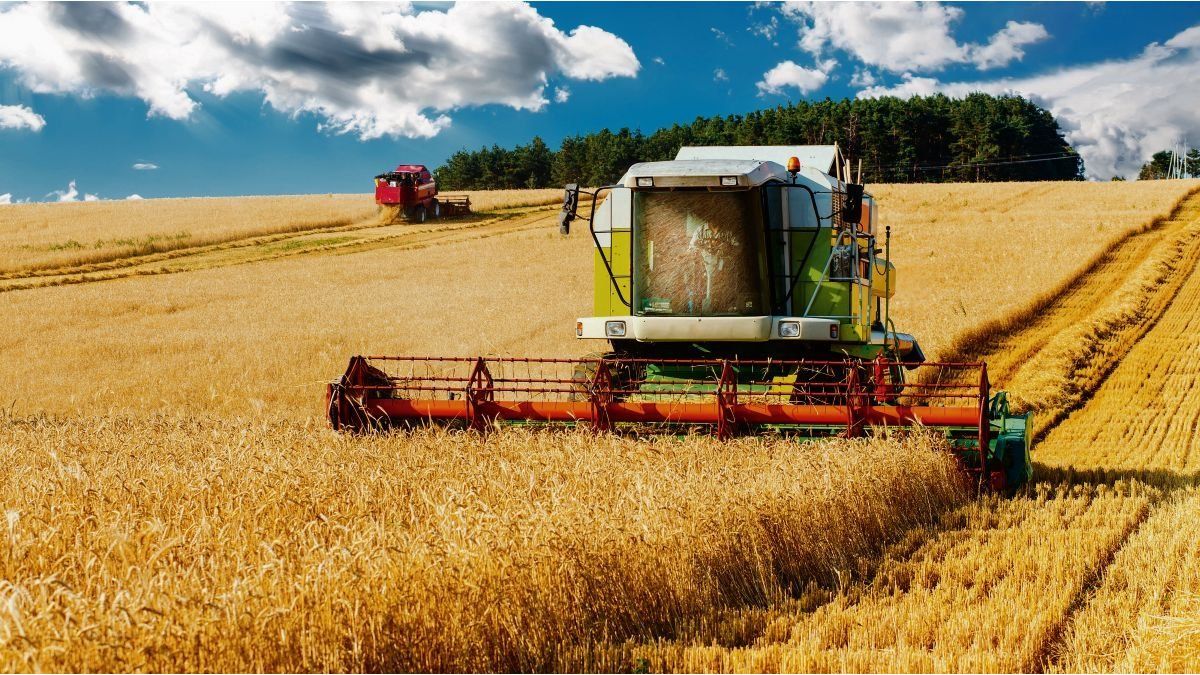The rains of the last few days, which left between 100 and 200 millimeters of water falling on the core region, allow us to hope to leave the drought behind and think about the next harvest, specialists agreed.
“Finally good news, the rains these days in the core region could change the wheat scenario”, which until last week was presented as “the driest in the last 15 years”said Cristian Russo, head of the Strategic Guide for Agriculture (GEA) of the Rosario Stock Exchange (BCR).
In this sense, the specialized site Meteored stated that the “most important rain event in a long time is leaving values of 100 to 200 millimeters in the punished core region, which is hoped to definitively leave behind the historic drought.” A large part of this event highlighted the work“will manage to revert to a large extent the deficient state of moisture in the soils in view of the beginning of the driest period of the year.”
According to Russo, “in the fall we thought that the fierce drought that had been dragging on since the summer could be reversed, but April left nothing more than 30% of the water we were expecting and then again the fears appeared and, against all hope, it was very hard to expect this at the end of May”.
However, he clarified, the event of the last days “It can change the wheat scenario not only in the core region, but in a good part of the Pampas region.”
what will happen to the harvest
Until last week, reported the work of the BCR, wheat planting intentions showed a 50% drop compared to last year. In wheat, the entity recalled, the minimum required to sow is 60% of useful water in the soil; and the technicians recommended that at least 50% be available.
With this week’s rains, that minimum could be reached in three quarters of the core regionthe report highlighted.
In its document, the BCR stated that May could end with rains that will “cover 60 to 70% of the Pampas region (Buenos Aires, south and center of Santa Fe) and there are even possibilities that the rains reach the south and center of Cordoba.
On the other hand, in the north and center of Buenos Aires, the drought scenario could also be reversed; and, as in the core region, adequate wheat sowing conditions will be reached; this would allow projecting a record sowing, with almost two million hectares as the intention for the 2023/24 cycle.
As Meteored recalled, the cessation of the La Niña phenomenon in recent months gave way to a neutrality that no longer keeps the atmosphere conditioned to behave in such a way over a certain region.
Thus, the variability of the atmospheric system becomes more hazardous and what until recently was a norm (for example, the drought in Argentina) now begins to cease to be.
This is what has been clearly noted in recent weeks, with an increase in the frequency of precipitation events over the center and north of the country.
El Niño has not yet formed and, when it does, it will take time for it to influence regional circulation promoting more rain in the country, Meteored clarified.
wheat photo.jpeg
The arrival of the “Child”
Therefore, these recent events should not be justified with the probable development of El Niño in the near future, but rather with the riskiness that characterizes an unconditioned atmosphere in the current neutral state of the phenomenon called ENSO (El Niño Southern Oscillation). ).
The end of La Niña, the transition and the arrival of El Niño raise concern about the impact it would have on crops, particularly after a report from the United Nations Food and Agriculture Organization (FAO) that put on alert to different regions due to the arrival of excess water.
In this regard, the Agricultural Risk Office (ORA) indicated that flooding would not be a possibility, the Agrofy site reported.
In this sense, the ORA explained that “Although Argentina is one of the countries with increased risk of flooding during El Niño events, it is not within the regions of special concern due to the impact of this phenomenon on food production.”
The document presented by the FAO named Argentina in the annex to the report, which details the countries at risk of excesses during El Niño events, in which it clarified that the southern region of South America is not among the areas of special concern. .
At the same time, he explained that due to the drier than average climatic conditions, the productions of Central America, the southern areas of the Far East of Asia, southern Africa and northern South America could be affected.
“Regarding wetter than normal conditions, the only sector of Argentina that can be identified on the map is the province of Entre Ríos,” the ORA explained.
On the other hand, he clarified that the campaigns under conditions El Niño determined, in general, yields with a trend for crops as widespread as corn. It is also true that some areas eventually suffered significant water excesses.
“The only case that presented results that were much lower than the trend is the one corresponding to the 1986/1987 campaign,” the ORA concluded.
Source: Ambito




